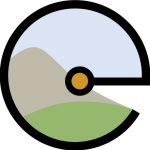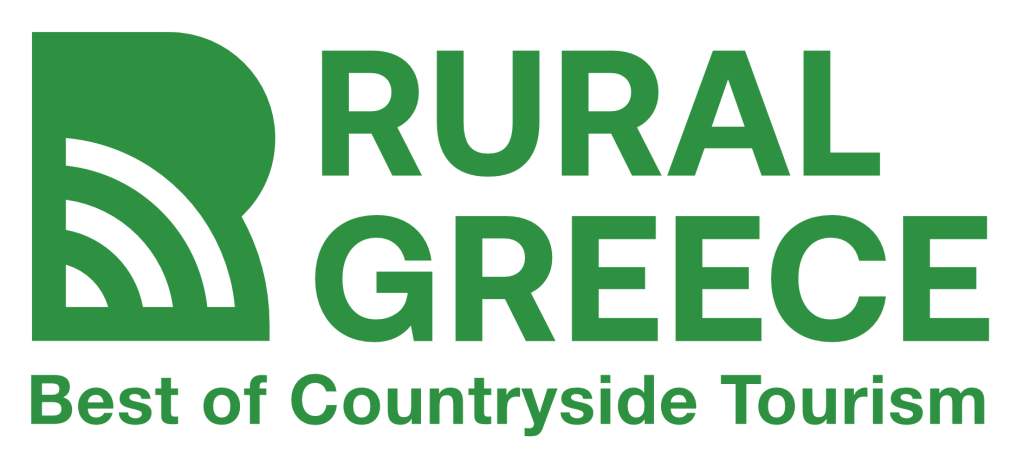Title – Name
Yellowstone National Park
Scope / Sector / Industry
National Park tourism management
Country / Region
USA, Wyoming, Montana and Idaho
Why is it good practice?
Yellowstone National Park is considered a good example of national park tourism management, as its management focuses on achieving a balance between environmental protection and visitor recreation. Yellowstone combines the protection of its natural capital with the satisfaction of visitor needs, constituting a sustainable model for national park tourism management worldwide.
How is it applied?
Yellowstone National Park is the first and most famous national park in the world. It is located in the United States of America, mainly in the state of Wyoming, while also extending into parts of Montana and Idaho. The park is known for its geothermal phenomena, such as its hot springs and geysers. Its landscape includes imposing mountains, forests, lakes and rivers and is home to a variety of wildlife.
As part of its tourism management, Yellowstone National Park offers many opportunities for activities in nature, which combine adventure, education and contact with nature, allowing visitors to get to know a place of great ecological and geological importance. At the same time, these activities promote sustainability and respect for the environment. The following are indicative:
- Hiking and Trail Exploration
- Wildlife Observation
- Geothermal Exploration
- Fishing (There are designated fishing areas and visitors must have the required permit).
- Camping (There are several camping areas, from fully-equipped campsites to more secluded spots for an authentic wilderness experience).
- Vehicle Exploration
- Education and Tours (Educational programs and tours with expert guides are offered that explain the park’s natural features, geology, ecosystems, and conservation efforts. Interpreters often organize activities for children and families, such as games and nature-themed tours).
- Photography and Painting
- Winter Activities (Offered activities include cross-country skiing, snowshoeing and snowmobile tours).
- Diving and Underwater Exploration (Offered diving activities in specific areas where exploration of underwater geothermal areas is permitted).
Despite the variety of tourist activities offered, Yellowstone National Park is considered one of the best examples of national park tourism management due to the strong balance it maintains between protecting the natural environment and attracting visitors. The ways in which this is achieved are listed below:
Trails and Restricted Access Zones: Many areas of the park are accessible only via designated trails and hiking routes, in order to limit disturbance to natural landscapes and wildlife. Especially for geothermal areas (such as geysers), visitors must stay on designated roads and trails.
Visitor Flow Management: Yellowstone has set limits on the number of visitors in certain areas, reducing overcrowding and preventing excessive pressure on the ecosystem. This is done through ticketing and zoning visits to areas of lower environmental sensitivity. Specifically, most of the park’s areas are free to visit, however some require an entrance pass or even a reservation to avoid crowding. Furthermore, at busy park entrances, ticket payment is only by card and not by cash in order to avoid tourist pressure at the entrances.
Education and Awareness: The park provides visitors with a variety of educational programs, exhibits, and interpretive programs to help them understand the ecosystem and the threats to nature. This helps to increase awareness and responsibility among tourists.
Conservation of Natural Resources: The park applies strict regulations to protect its natural resources, such as geothermal areas and endemic species. These regulations are combined with restrictions on activities such as camping and exploring.
Strengthening the Local Economy: The park strengthens the local economy by creating jobs in the tourism sector, while ensuring that the increase in tourists does not burden the environment or infrastructure. In addition, winter activities are offered, which help to spread the tourist flow throughout the year, avoiding overload during the summer season.
Developing Partnerships with the Local Community: The park collaborates with local organizations, shops and hotels to promote sustainable tourism and local communities benefit from tourism activity.
Research and Monitoring: The park invests in research and environmental monitoring to understand the impacts of tourism and adapt management according to the needs of the ecosystem and its sustainability.
In addition to the above, the park implements specific sustainability practices in order to ensure the protection of the natural environment and the harmonious coexistence of tourists and the ecosystem. Indicatively it is mentioned:
- Use of Renewable Energy Sources: The park has invested in green technologies, such as the installation of solar panels in some of its infrastructures, in order to reduce its dependence on non-renewable energy sources.
- Recycling and Waste Reduction: Implementation of a strict recycling and waste management system, in order to reduce pollution and encourage recycling by visitors.
- Rational Water Use: Initiatives are taken for the efficient use of water, such as reducing water consumption in the park’s infrastructures and promoting the correct use by visitors.
- Geothermal Area Protection: To protect the unique geothermal systems, such as hot springs and geysers, the park has set strict regulations regarding visitor access.
- Reforestation and Land Restoration: The park has developed programs to restore areas damaged by excessive tourism or natural disasters, such as fires. One example is the reforestation of areas affected by fires to restore natural vegetation.
- Management of Migratory Animals and Infrastructure for Settlement: The park implements management strategies to protect wildlife, such as studying and monitoring animal populations and protecting the areas they use to breed or spend the winter.
- Promoting Responsible Behavior: Visitors are informed about the need to not leave litter behind, to maintain a safe distance from animals and to respect the park’s regulations.
Finally, it is important to mention that the park offers facilities, programs and services accessible to visitors and employees with disabilities, contributing to inclusion.
Where is it applied?
Yellowstone National Park addressed to those who wish to experience a large and extensive National Park that offers a variety of activities in nature. Furthermore, due to its geological, biological and ecological importance, it is a center for researchers from all over the world, who visit it to study the park’s ecosystems, geothermal activity and wildlife.
When did it applied?
Yellowstone National Park was established in 1872.
Results
According to the most recent statistics available, Yellowstone National Park experienced a significant increase in visitors in 2023. Overall, the park welcomed approximately 4.5 million visitors in 2023, a 37% increase over 2022, when visits amounted to 3.29 million. Specifically, in September 2023, 838,458 visits were recorded, a 48% increase over September 2022 (567,587 visits) and a 21% increase over September 2019 (693,118 visits).
This increase in visitors in 2023 is attributed to several factors, such as improvements to the park’s infrastructure, its increased visibility through the media, and the general trend of increasing tourism in US national parks.
Other information
It is important to note that, according to the American national parks management regulation, 80% of Yellowstone’s revenues are used for improvements to the park itself, while the remaining 20% is used to benefit parks that do not collect fees or parks that generate only a small amount of revenue. In fact, in the context of transparency and information for citizens and visitors, the official Yellowstone website specifically lists the projects carried out with the revenues.
The official website of Yellowstone National Park is: https://www.nps.gov/index.htm




